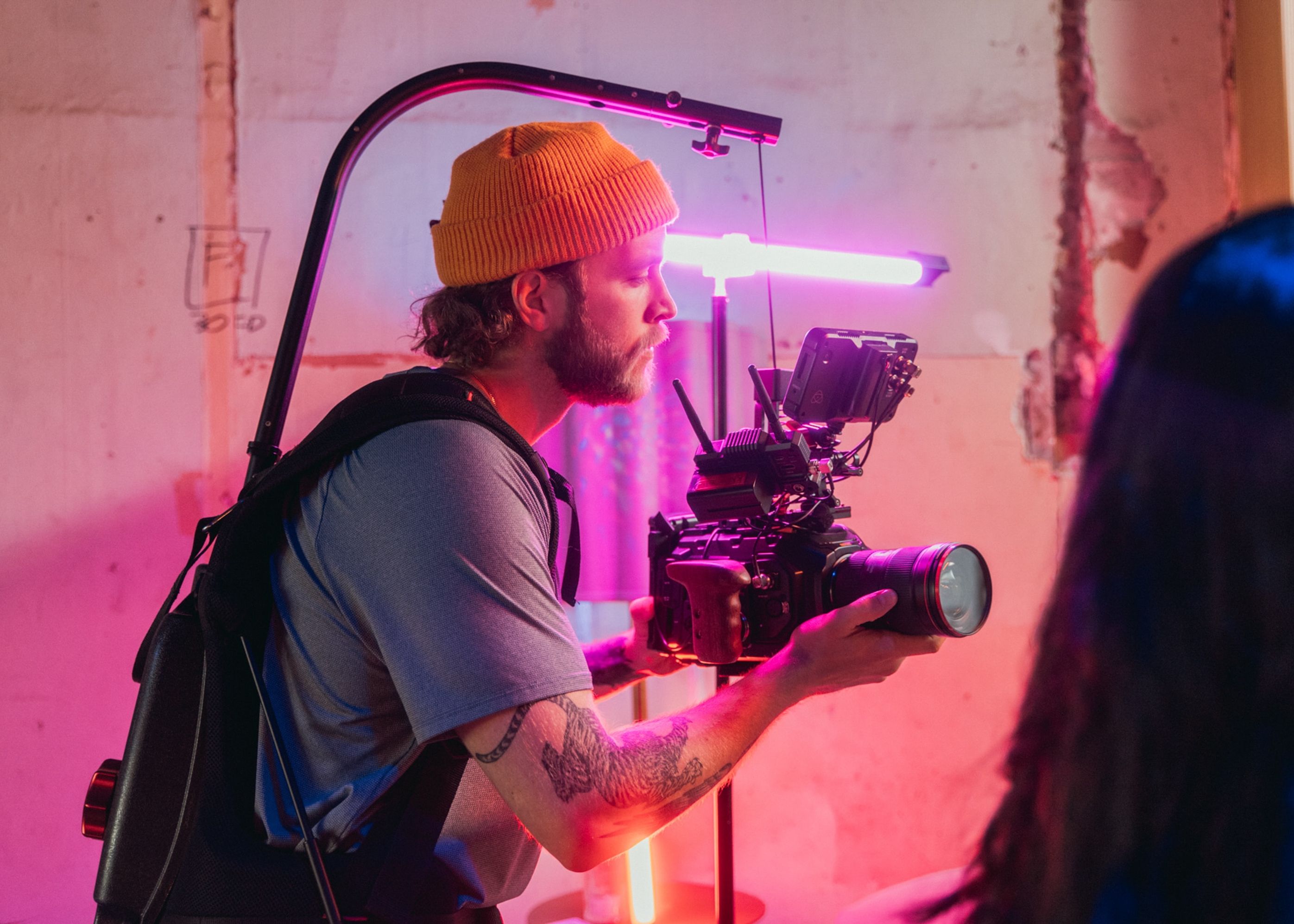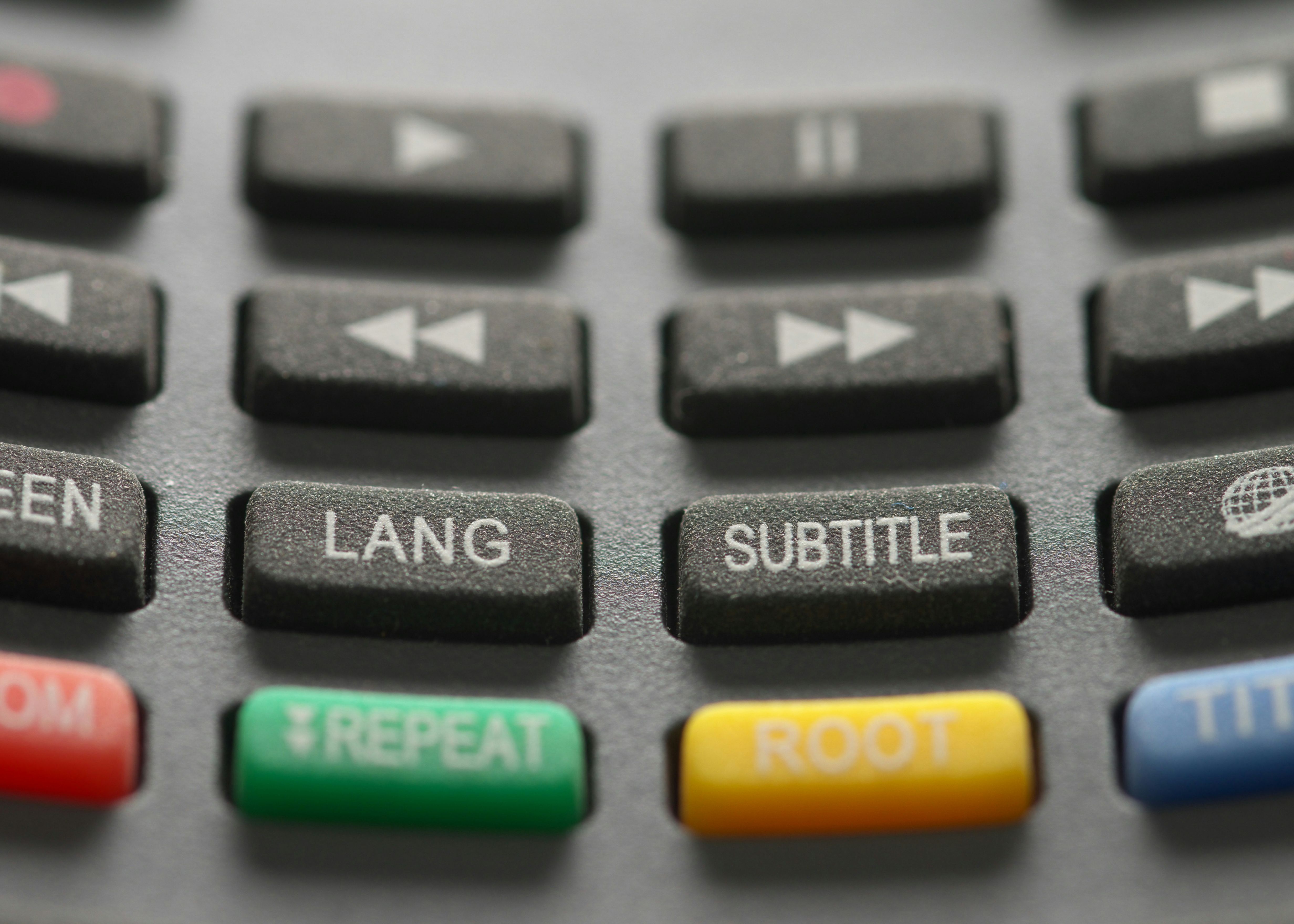Research across the board is unanimous; if you want to attract and engage viewers you need video content. Video is quickly overtaking all other forms of content on the Internet. Almost 5 billion videos are watched on Youtube every single day and and one-third of all online activity is spent watching video.
Video is your biggest opportunity in 2019.
From attracting new viewers, to engaging your current audience, to creating evergreen content that can boost your SEO rankings, video content is an essential component of any business marketing and branding strategy.
But what kind of video engages viewers the best?
Of all the millions of videos out there, one of the most popular video formats on YouTube is the how-to video.
A How-To Video is simply a step-by-step guide explaining how to do something. This can be anything from how to change a bicycle tire to how to create glitter slime for your kid to how to get from a to z in a foreign country. At it’s basic level, how-to videos should be informative, teach a specific skill, and/or tell someone how to do something.
If you are thinking of creating a how-to video to boost your ratings in 2019, then there are a few things to consider. Don’t just dive in and start recording. Follow these six steps to create the perfect how-to video and you will be increasing your viewership in no time.
Step 1: Write Out the Steps and Make a Script
A good how-to video should be short and specific; include every step; use simply language; have a visual for each step; and be engaging.
Even if you think you have the gift of the gab and can record a how-to video without preparing a script, don't!
To make ensure that you don't miss a step and are as succinct as possible, it is important to take the time before filming to write out all of the steps and create a script.
Begin by jotting down all to the steps. Next try to simplify the language used to make it easy for your listener to understand. Don’t leave anything out! Even if the step seems obvious or simple to you, it may not be to your viewer, so be sure to include it.
Finally, convert this simplified text into the script for your how-to video.
Step 2: Shoot Your Video
Before you begin filming, you should scout out and identify a suitable location to film your how-to video. If necessary, hire a space for the full day to do your shooting.
Additionally, consider if you need any cast to help you shoot and film your video. Some steps in your how-to video may require more than one person.
Furthermore, you should assemble all the props you will need to film your how-to video before filming begins.
Once you have gathered all of these elements, you can begin to film. Remember that you don’t have to film every step all in one go. You can film a bit and stop, then edit the footage together later. Just remember to hold each shot long enough for the viewer to comprehend and work out what they need to do.
Step 3: Edit Your Video
If you filmed your video in several takes, you will need to put together all of the clips using some type of video editing software.
As part of this process, you may also want to include some additional B-Roll footage or add some background music. You may also want to include a voice-over of someone dictating the steps.
The editing process is your time to be creative. However, when you edit, make sure that the film is long enough for the viewer to be able to understand how to do the steps, but not so long that they become bored and switch it off. A good rule of thumb is that your how-to video should be between 2 and 7 minutes.
Step 4: Get a Sense Check
Once you are fairly happy with the edited video, it is a good idea to have a number of friends, family members, or colleagues view it and confirm that the instructions make sense.
Are there any crucial steps missing? Does your audio instruction line up with the visual in the video? Is it easy to follow? How is the pacing? Too fast? Too slow? Did they get bored?
Note their feedback and incorporate any necessary adjustments to your video.
Step 5: Transcribe & Add Subtitles
Now that you have a final cut of your how-to video, it is a good time to get the entire video transcribed from audio-to-text. An automatic transcription service provider, like Happy Scribe, can do this for you quickly and cost-effectively.
There are three key benefits of having a text version of your video.
First, you can use the transcription to automatically generate subtitles for your how-to video. Consider that video now accounts for about 78% of the worlds mobile data traffic and 85% of FaceBook videos are viewed without sound. Including subtitles, therefore, increases the likelihood of a viewer staying engaged with your how to video to the end.
Additionally, you can add the full transcript alongside your video. Including a full transcript of the video is valuable to those who are hearing impaired. According to European Federation of Hard of Hearing People that includes 51 million people in the EU or approximately 1 and 10 EU citizens. Having a full transcript allows these individuals to also engage in your how-to video.
Also, a full transcript alongside your video will help increase your SEO rankings. Search engines can’t trawl through audio to pinpoint key words, however they can scroll through text. Including a transcript of your how-to video can help with that too.
Step 6: Post and Promote Your Video
You might have just produced the best how-to video in the world, but unless people watch it, it is useless.
So once you have uploaded your video to YouTube and other chosen channels, promote it across all of your social networking sites. If relevant, blog about it. Send an email to your subscribers. Consider approaching podcasters in your niche to see if they will promote it on their show. Add Facebook, Twitter, Instagram ‘Like’ buttons, to make your video easy to share.
The opportunities to distribute your video is endless. Just make sure that you are!
There you have it: six easy steps to create a how to video. If you have any questions about how to get your video transcribed from audio to text, please don’t hesitate to contact us.














